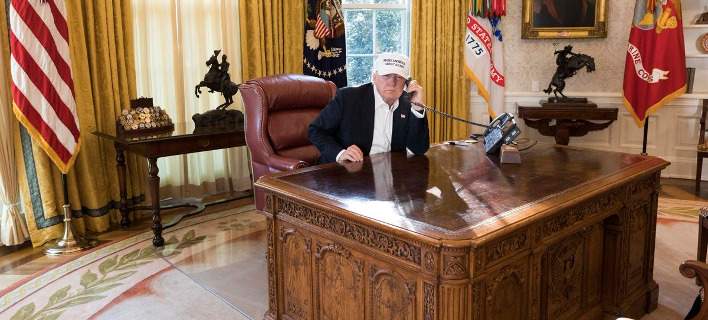After a shutdown that should never have happened, the US government reopened. On Jan. 22, the US Senate voted 81-18 to end the three-day-old government shutdown, with Senate Democrats helping Republicans advance a bill that would fund the government through February 8. Here’s all you need to know about the why’s and the wherefore’s of the shutdown.
Why did the US government shutdown?

The most basic reason is that the US government gets funded by laws that have to go through Congress — and this time, Congress failed to pass a new government funding law before the old one expired.
The more fundamental reason, though, is that Democrats are trying to take a stand and force Republican leaders to make a deal giving deportation protections to hundreds of thousands of unauthorized immigrants who were brought to the US as children. These are the DACA (Deferred Action for Childhood Arrival) program recipients, commonly referred to as Dreamers.
Since these bills need a 60-vote supermajority, and therefore at least nine Democratic votes, to pass the Senate, this caused the government shutdown.
Did you know?
A government shutdown is nothing new. In 1995-1996, the US government shut down over whether to slash spending on a wide range of programs or hold close to the status quo.
In 2013, it shut down over whether or not to repeal the Affordable Care Act (Obamacare).
What are the repercussions of a shutdown?

While a government shutdown is indeed a major event, it’s not quite as dramatic as it sounds. Military and law enforcement activities continue. However, activities the government has deemed “non-essential” stop, and employees tasked with those activities are granted leave of absence. For the last shutdown, in 2013, this “non-essential” group totalled about 40 percent of federal employees.
Basically, it’s a tremendous inconvenience for millions of Americans and it has the potential to lead to even more serious problems the longer it stretches.
What led to the end of the shutdown?
The vote to end the shutdown came after a frantic weekend of work by a bipartisan group of more than 20 senators, who on Sunday night were discussing a plan in which the government would stay open through early February, coupled with a promise from Senator Mitch McConnell of Kentucky, the Republican leader, to allow a vote on a measure to protect the Dreamers from deportation.
How did President Trump come off in this stalemate?

Same-party congressional leaders usually comply with the White House and let the president take the lead in these sorts of negotiations. During the 2016 election campaign, Trump repeatedly boasted about his talent for making good deals, turning it into a key point for his candidacy. If ever there were a time for a dealmaker in Washington, this weekend was it. However, the deal was struck between Democrat leader Schumer and Senate Majority Leader Mitch McConnell with Chief of staff, John F. Kelly, leading the talks. Often fixated on appearing active, Trump has come off as passive and distant in the current crisis. Even worse, this is exactly the approach he accused Barack Obama of using in 2013, saying the then-president had failed to get everyone together and hash out a compromise.
Although the procedural vote did not immediately end the shutdown, the final passage was a formality and after a weekend of partisan finger-pointing, the vote offered both parties a way out of an ugly impasse that threatened to cause political harm to both. If the stalemate would have gone on much longer, this would have become the third extended government shutdown in U.S. history.

